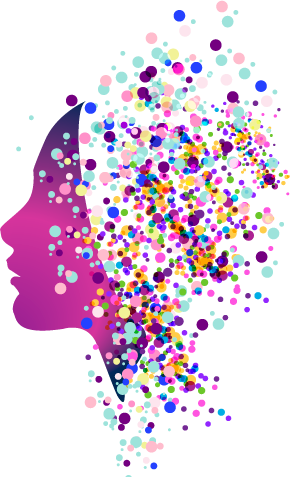
What is Psychoanalytic Psychotherapy?
Psychanalysis means the exploration of the human psyche. Freud, the founder of this specific form of therapy, described it as archaeology. Perhaps psychoanalysis is sometimes also like scuba diving. By beginning a session, the analytic couple in the room gets ready to dive into the depths of the patient’s psychic experience, although, unlike scuba diving, this dive can sometimes take years to get to the bottom. Everything brought up in the session is to be experienced once again, and in the room, by the patient and the analyst. As analysts we are trained in observation which can help identify and understand what we see together.
What do we see in psychoanalysis? We try to form a picture of the patient’s way of being and to figure out how it has come to be, and how it works. In order to do this, we look at something that has happened in the past or recently, and also pay close attention to the moment in the room and what is going on between the two people there.
But for what? How does this work? One of the fundamental assumptions of psychoanalysis is that humans are not fully aware of all their choices and decisions. By this definition, rather than being active in building our lives, our lives just happen to us. We are mere actors in a script we are unconscious of. Psychoanalysis hopes to go backstage, to the command room, to give us control of the keys and buttons and also a more active role in rewriting and directing our life’s scenario, to make a difference in our way of being and living.
Psychoanalysis is one method of therapy and like all others, it has its specific characteristics. In psychoanalysis, unlike other treatments, the process of improvement and change will happen via close cooperation and connection between the analyst and the patient. Therefore, the therapist does not necessarily determine the course of the treatment. She does not think instead of the patient; does not decide for the patient; and does not give concrete advice. Instead, they try to experience, observe, think, understand, and change together. In psychoanalysis, we take the path of treatment via words and talking which makes us able to go to the depth of the mind, and experience, and understand the complexities.
